Latin America
Related: About this forumAncient artifacts found near island of Janitzio in Lake Patzcuaro
Last edited Sat Jun 22, 2024, 01:16 AM - Edit history (1)
MND Staff
June 18, 2024
The remains of a Purépecha boat called a tepari and other ancient artifacts have been uncovered during a massive cleanup operation to help save Lake Pátzcuaro, in the state of Michoacán, from extinction.
The traditional canoe — which stands out for its considerable length of 14.8 meters (48.5 feet) — was found in the vicinity of the island of Janitzio, located in Lake Pátzcuaro, which has been inhabited by the Purépecha people for centuries.
![]()
Another major find at the Lake Pátzcuro site was a 14-meter canoe-like traditional boat of the Purépecha people, called a tepari. As seen in this photo, the ancient artifact was found lodged in mud made hard by drought conditions in Lake Pátzcuro. (INAH/X)
The boat sank with a load of firewood, according to experts with Mexico’s National Institute of Anthropology and History (INAH), leading to speculation that Purépecha boatmen had just made a run to nearby Erongaricuaro and were returning to the island with their cargo.
The chance discovery was recorded in early May at the drought-stricken Michoacán lake, where more than 730 men and women are working to combat deforestation, a lack of rain, water theft, historical neglect and excessive planting of avocados and other fruits — conditions that have reduced Lake Pátzcuaro’s surface by 42%.
In announcing the findings on Monday, INAH noted that it is working with the local Indigenous Purépecha community to generate conservation and research strategies for the tepari, which was found lodged in hard mud. One idea is to create a museum on Janitzio.
More:
https://mexiconewsdaily.com/culture/ancient-artifacts-lake-patzcuaro-island/
Judi Lynn
(162,335 posts)which was independent of the Aztecs, had pyramids there totally different from the Aztecs, and became so shocked to learn I had never heard of them, and there will be a lot to find out about them! Good grief! There is so wildly much I need to know! I have been so under informed about a very important country all my life.
Here is a photo of some totally different pyramids:


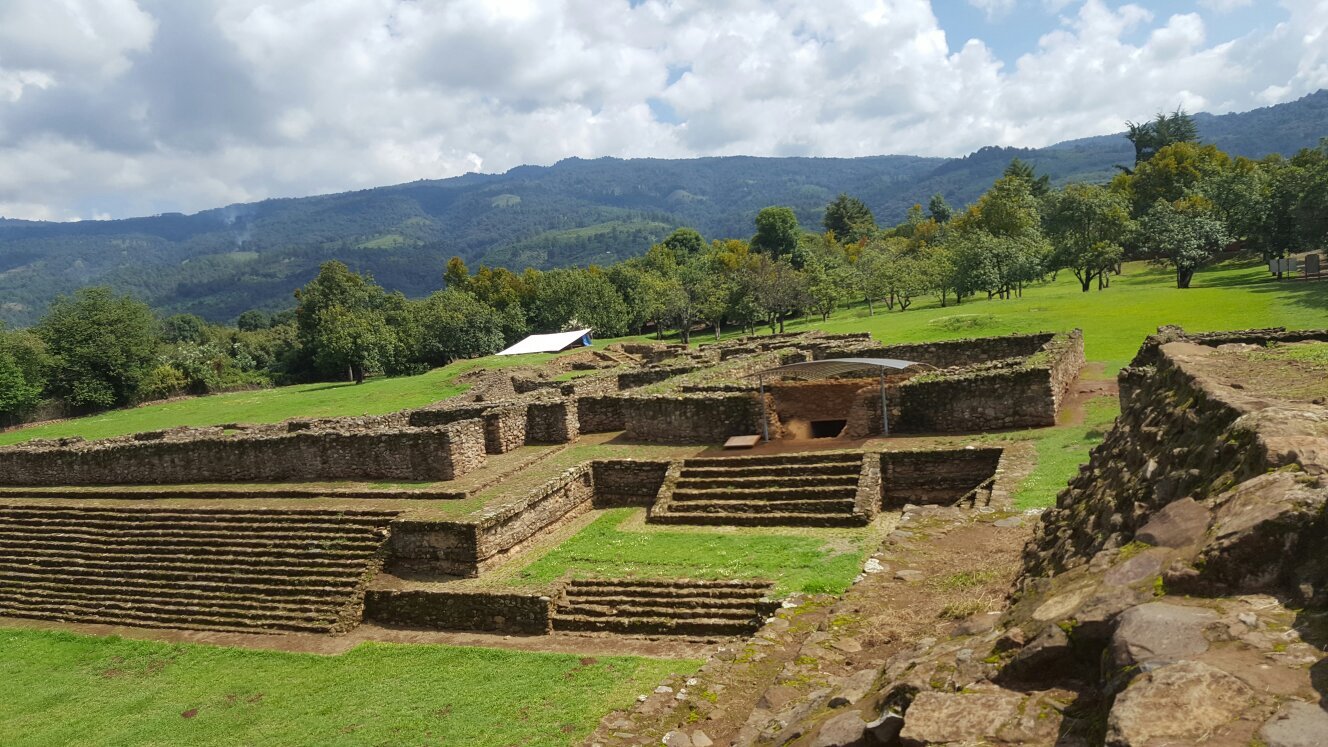
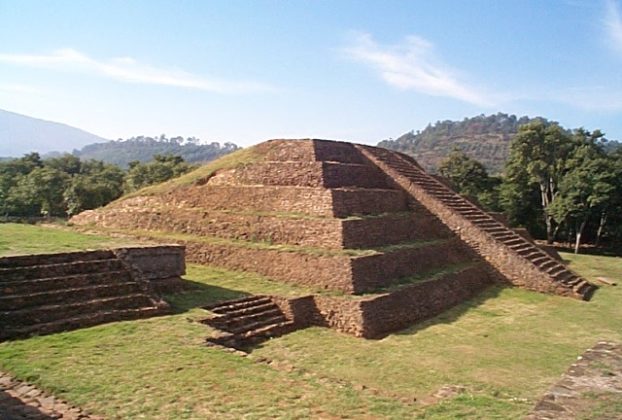
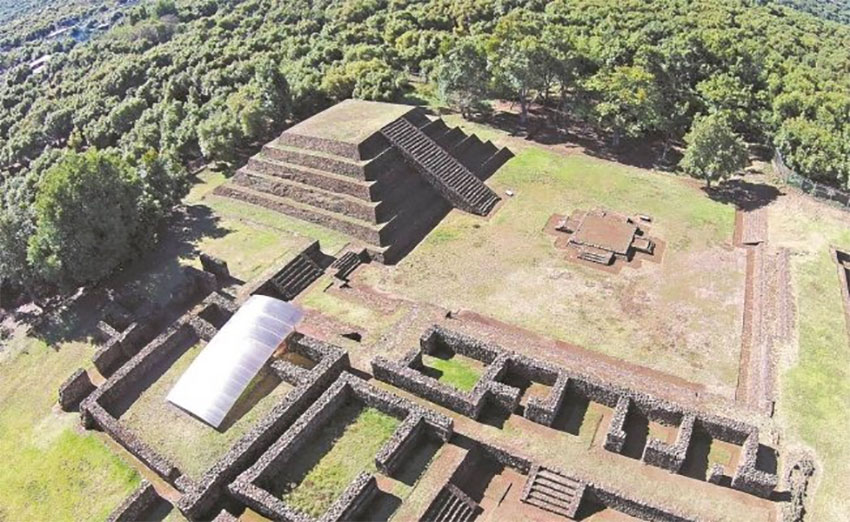
ETC., ETC., ETC., ETC.
Here's a Wikipedia about the site:
Tzintzuntzan (Mesoamerican site)
Tzintzuntzan was the ceremonial center of the pre-Columbian Purépecha capital of the same name. The name comes from the Purépecha word Ts’intsuntsani, which means "place of hummingbirds."[1][2] The site includes at least 1,000 archaeological features in an area that is at least 1,075 hectares.[3]
After being in Pátzcuaro for the first years of the Purépecha Empire, power was consolidated in Tzintzuntzan in the mid 15th century. The empire continued to grow and hold off attacks by the neighboring Aztec Empire, until the Spanish arrived. Not wanting to suffer the destruction that the Aztec capital Tenochtitlan did, the emperor in this city surrendered to the Spanish.[4] Eventually, much of the site and especially its distinct five rounded pyramids called yácatas were destroyed and the city almost completely abandoned.[5]
Due to lack of interest in the old Purépecha dominion, excavation of this site did not begin until the 1930s.[4] Its largest construction are the five yácata pyramids, which line up looking out over Lake Pátzcuaro. The other is the large Grand Platform excavated into the hillside on which the yácatas and other buildings rest.[1] Today the site is still used for events such as the Festival Cultural de Fin de Año.[6]
Capital of the Purépecha Empire
Tzintzuntzan was the capital of the Purépecha Empire when the Spanish arrived in 1522.[7] As these people did not leave written records, what we know of this city and its empire come from Spanish writings and archeological evidence.[4][8] The main Spanish document is called the Relación de las ceremonias y ritos población y gobierno de los indios de Michoacán, written by Jerónimo de Alcalá based on what he was told by the Purépecha elite in 1539.[9] Other writings that refer to the capital include Hernán Cortés’ fourth letter in 1524, “La información de Don Vasco de Quiroga, sobre el asiento de su iglesia Catedral,” from 1538, “Tratado curioso y doctor de las cosas de la Nueva España” by Antonio de la Ciudad Real in 1590, “Relaciones goegráficas; las Crónica de la orden de Nuestro Seráfico Padre San Francisco, provincia de San Pedro y San Pablo de Mechoacan in la Nueva España” by Alonso de la Rea in the 17th century and the “Crónica de la provincia de los santos apóstoles San Pedro y San Pablo de Michoacán” by Pablo Beaumont.[10]
For a number of reasons, the Purépecha origins are shrouded in mystery. Much of Purépecha culture is very distinct from other Mesoamerican cultures. The Purépecha language has more in common with Zuni in the southwest U.S. and Quechua in Peru and is unrelated to any other Mesoamerican language.[4] Jeromimo de Acalá's collection of stories from Purépecha elders states that these people migrated to the Lake Pátzcuaro region, developing alliances among the people who were already here. Eventually, they became the dominant group and established their city at Tzintzuntzan.[11] According to collected evidence, the Purépecha people may have begun to dominate the Pátzcuaro Lake area as early as 1000 CE, but definitely by 1250.[4]
More:
https://en.wikipedia.org/wiki/Tzintzuntzan_(Mesoamerican_site)
Martin68
(24,498 posts)There is so much we don't know about ancient cultures in Mesoamerica and South America.
Judi Lynn
(162,335 posts)11 July 2022
By Stephanie Mendez, Features correspondent
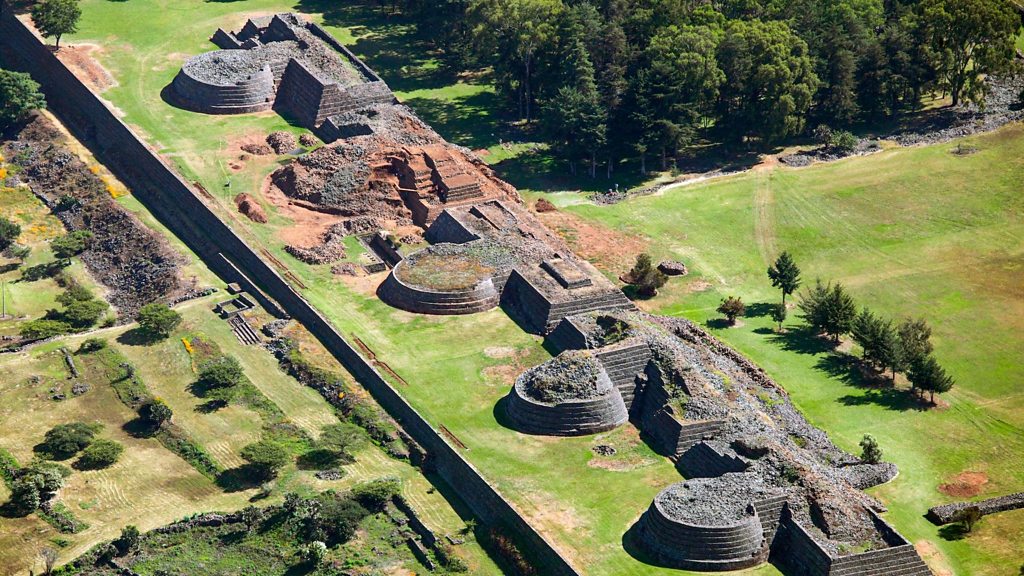
Brian Overcast / Alamy Stock Photo
The yácatas of Tzintzuntzan are uniquely round and made of volcanic stone – perhaps the most intact relics of the P'urhépechas (Credit:Brian Overcast / Alamy Stock Photo)
The P'urhépechas were one of the only indigenous groups in Mexico the Aztecs failed to conquer – but despite that feat, they were nearly lost to history.
(This year, we published many inspiring and amazing stories that made us fall in love with the world – and this is one our favourites.)
"This is the legacy of our people," my uncle said as we gazed at the pyramids. We were not in Egypt, but rather in the town of Tzintzuntzan, in Mexico's south-western state of Michoacán. The pyramids, or yácatas, looming in front of us were uniquely round and made of volcanic stone – perhaps the most intact relics of the P'urhépechas, a pre-Hispanic indigenous group that once reigned here, but that most people have never heard of. In fact, I'd never heard of them either until a few months ago, when I found out that I was a direct descendant.
Born and raised in California, I grew up unaware of this part of my heritage as it was lost in my family after my grandfather passed away in 1978. My grandmother was left with five kids and no income, but after saving up, she brought my dad and his siblings to the United States in 1983. Under pressure to assimilate, my father disconnected from our P'urhépecha culture, and it was only recently, when I began to be curious about my identity, that I started questioning him about our past. So in 2021, at the age of 31, he brought me to Michoacán for the first time. That's when I met my uncle Israel, and he revealed that not only were we P'urhépecha, but that my great-grandmother, Juana, was still alive and living in the small pueblo of Urén nearby.
When people think about Mexico before Hernán Cortéz, they automatically think about the Aztecs, but what they don't know is that the P'urhépecha existed at the same time – and they were such a mighty kingdom that they were one of the only indigenous groups in Mexico that the Aztecs failed to conquer.
In fact, that's the most common thing people in Mexico know about them, said Fernando Pérez Montesinos, assistant professor of indigenous environmental history at the University of California, Los Angeles. "That's a very usual [way] of referring to the P'urhépechas and their history, but that's because we know that the P'urhépechas were as powerful as the Aztecs," he said, explaining that the Aztecs tried to fight the P'urhépecha in battle, but couldn't defeat them.
Standing tall and strong at 4ft 10in (about 1.4m), my P'urhépecha great-grandmother is an elder of the community and lives in a weathered building made of cement walls and humble commodities. She can speak the endangered language, which is a fading trait in a country where Spanish is the official language. (Out of Mexico's estimated population of 128.9 million, 124.8 million are native Spanish speakers – whereas only 175,000 speak P'urhépecha, and they all live in the state of Michoacán.)
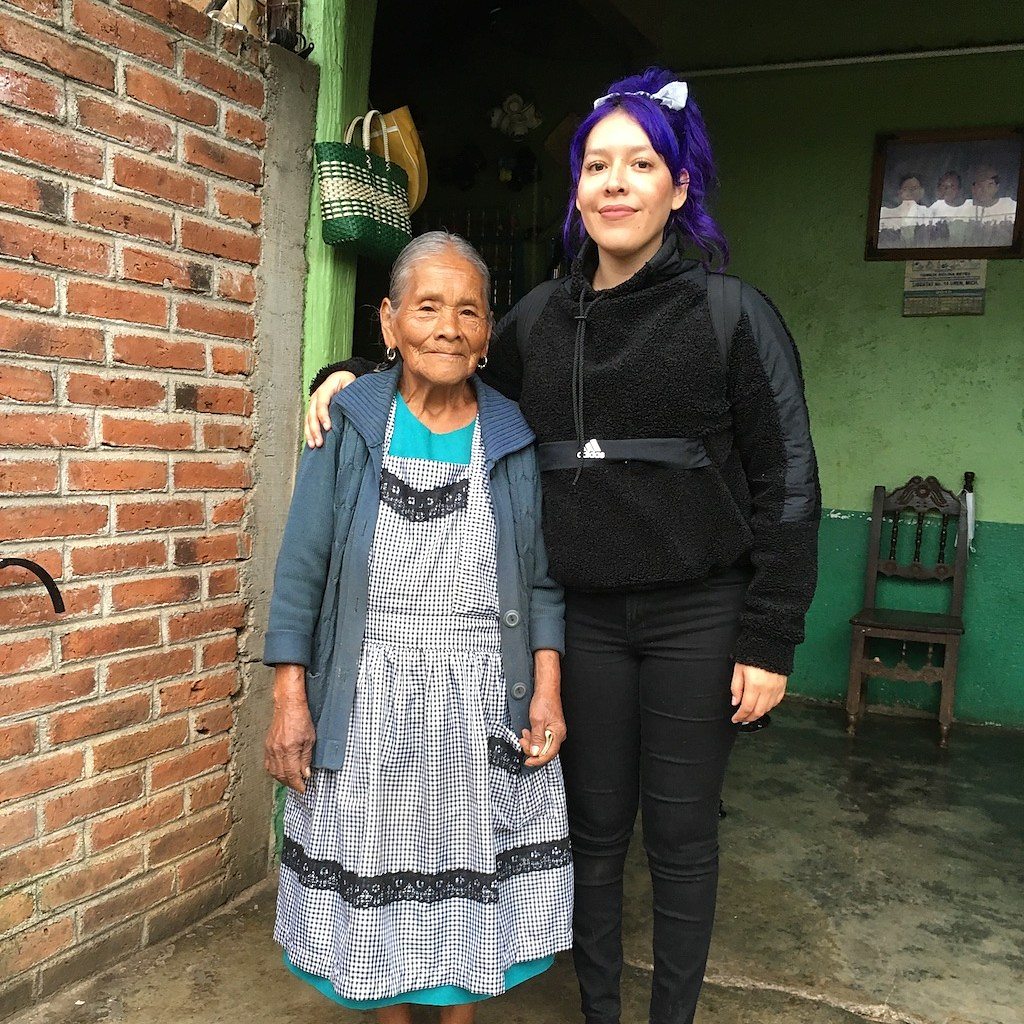
Stephanie Mendez
Standing tall and strong at 4ft 10in, my P'urhépecha great-grandmother is an elder of the community who can speak the endangered language (Credit: Stephanie Mendez)Stephanie Mendez
More:
https://www.bbc.com/travel/article/20220710-the-empire-the-aztecs-couldnt-conquer
Very interesting video!
Short video:
Martin68
(24,498 posts)Any information on that?